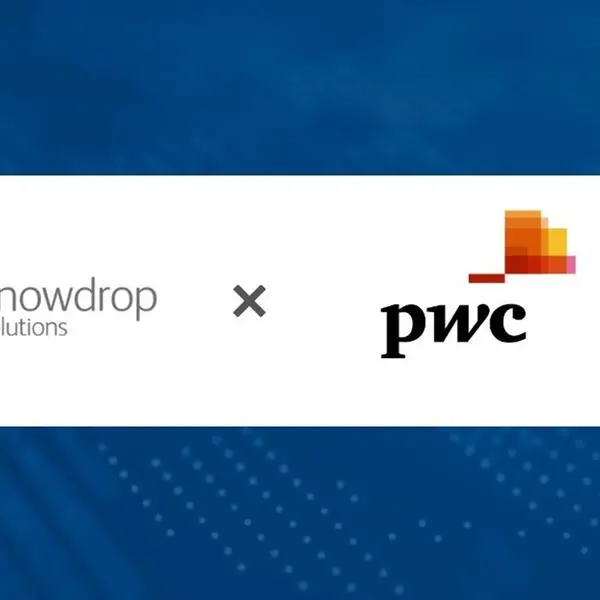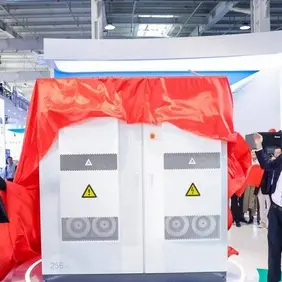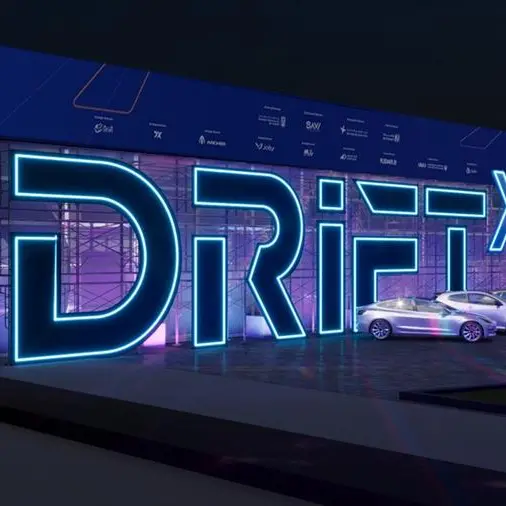- The system aims to increase road safety and reduce accidents caused by technical failure.
- This collaboration is the next step on Bridgestone’s journey to become a global leader in sustainable and advanced mobility solutions.
Bridgestone, the world’s largest tyre and rubber manufacturer, is collaborating with Microsoft to develop a world-first monitoring system for detecting tyre damage issues in real-time. These issues are a serious matter, contributing to some 30% of all car accidents caused by technical failure.
The final piece in tracking tyre issues
Tyre issues take four main forms: inadequate pressure, fatigue, irregular wear, and lastly, damage from curbs, potholes, or items on the road.
Fortunately, most of these issues can already be reliably mitigated against. TPMS (tyre pressure monitoring systems) have been mandatory in all cars built since 2012, and help motorists avoid low-pressure problems. Regular service and replacing tyres in time will guard against wear and fatigue.
The exception, and safety gap, has been tyre damage – which often cannot be detected without close, manual inspection, and which can potentially occur at any time. Damaged tyres can lead to accidents. They can also adversely affect other vehicle components, such as causing damage to the wheels, and thus create a further source of potential danger to motorists.
Now that gap can be closed. Bridgestone’s Tyre Damage Monitoring System delivers real-time awareness of damage. It uses MCVP’s cloud framework together with existing sensor data, from hardware that is already installed, and uses algorithms to detect events affecting the tyre surface and carcass. The driver can then be immediately notified of the hazard and act accordingly to remedy the situation. There is currently no other equivalent monitoring system available in the market. Alternatives would require extra hardware to be installed.
Moving forward
This tyre damage monitoring system has other valuable applications. The system not only understands when damage has occurred, but also where. It thus allows broader insight into road conditions and infrastructure, which can be used to alert the agencies responsible for road damage issues to the presence and location of potholes and other hazards. Future autonomous vehicles could also be beneficiaries of the system – as vehicles pass information about local hazards to others in the vicinity, as well as cloud data stores.
Currently, Bridgestone’s new Tyre Damage Monitoring System is available to all vehicle fleets and OEM’s that use MCVP. The partnership with Microsoft also enables Bridgestone to further develop its solution to meet the requirements of fleets and key OEM partners around the world.
A digital partnership for the future of mobility
MCVP provides one consistent, cloud-connected, horizontal platform across digital scenarios on top of which customer-facing solutions can be built, including in-vehicle infotainment, advanced navigation, autonomous driving, telematics and prediction services, and over-the-air updates (OTA). It includes the hyperscale and global availability, that comes with Microsoft Azure. The platform also provides the necessary means to fulfil regulatory compliance including GDPR.
MCVP will provide Bridgestone with a digital infrastructure that will accelerate its delivery of connected mobility solutions, providing access to a multitude of Microsoft Azure cloud, AI, and IoT capabilities.
In turn, working with Bridgestone helps Microsoft grow its ecosystem of supporting partners, and enables MCVP’s customers to integrate these partner’s solutions into their own offerings.
Laurent Dartoux, CEO and President of Bridgestone EMIA, says: “Digital is such a huge part of what we do today at Bridgestone; it’s imperative that we work with industry-leading partners who can support our needs today and in the future. By teaming up with Microsoft, we have the opportunity to bring our Tyre Damage Monitoring System to millions of drivers, offering them better safety and peace of mind.”
“Microsoft partners with mobility companies to support their transformation into smart mobility services providers. With the Microsoft Connected Vehicle Platform, our mission is to help businesses accelerate the delivery of safe and personalized connected mobility experiences. Using MCVP, Bridgestone has created Tyre Damage Monitoring System that offers a remarkable contribution to road safety and proves how the collaboration between industry leaders can unlock new business opportunities ahead”, said Tara Prakriya, General Manager, Azure Mobility and Microsoft Connected Vehicle Platform at Microsoft.
- Ends-
For further information, please contact:
Orient Planet Group (OPG)
Tel: +971 4 4562888
Email: media@orientplanet.com
Website: www.orientplanet.com
© Press Release 2020
Disclaimer: The contents of this press release was provided from an external third party provider. This website is not responsible for, and does not control, such external content. This content is provided on an “as is” and “as available” basis and has not been edited in any way. Neither this website nor our affiliates guarantee the accuracy of or endorse the views or opinions expressed in this press release.
The press release is provided for informational purposes only. The content does not provide tax, legal or investment advice or opinion regarding the suitability, value or profitability of any particular security, portfolio or investment strategy. Neither this website nor our affiliates shall be liable for any errors or inaccuracies in the content, or for any actions taken by you in reliance thereon. You expressly agree that your use of the information within this article is at your sole risk.
To the fullest extent permitted by applicable law, this website, its parent company, its subsidiaries, its affiliates and the respective shareholders, directors, officers, employees, agents, advertisers, content providers and licensors will not be liable (jointly or severally) to you for any direct, indirect, consequential, special, incidental, punitive or exemplary damages, including without limitation, lost profits, lost savings and lost revenues, whether in negligence, tort, contract or any other theory of liability, even if the parties have been advised of the possibility or could have foreseen any such damages.










